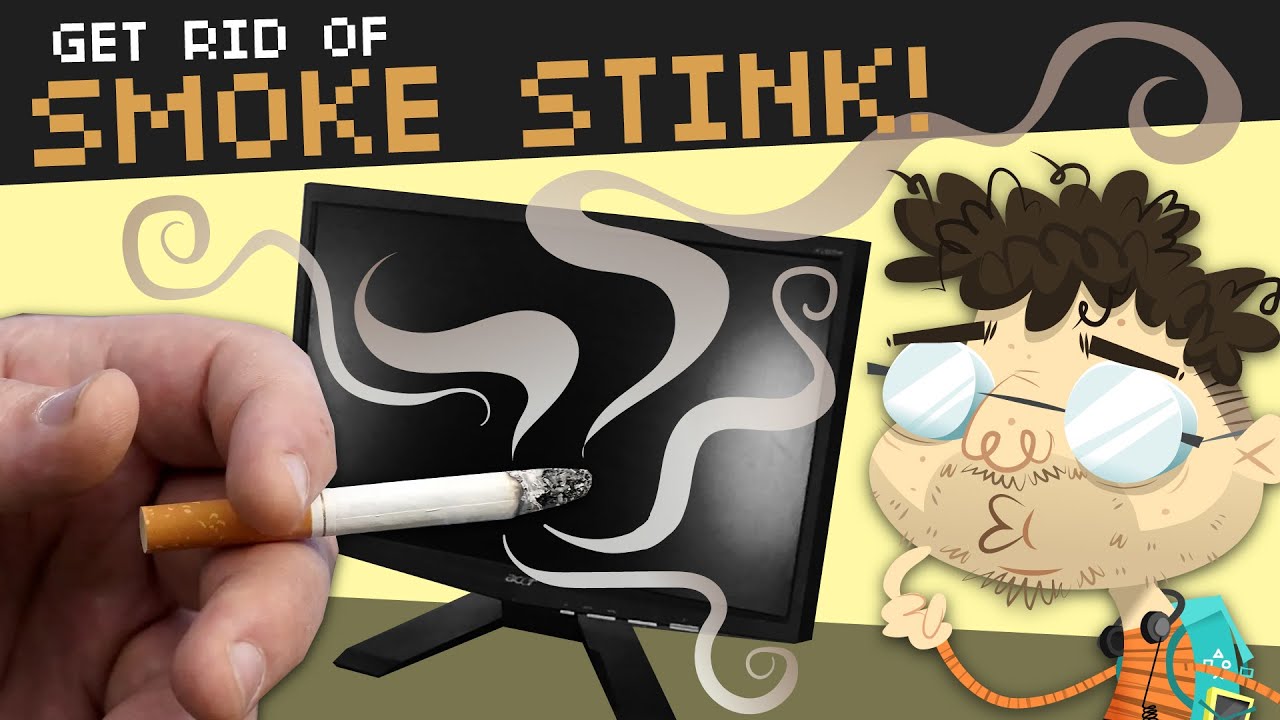Initial Safety and Preparation
Always unplug electronics before cleaning. Ensure devices are completely powered off and disconnected from any power source. Work in a well-ventilated area to dissipate any fumes from cleaning agents and the odor itself.
Cleaning Exterior Surfaces
For the external casing and non-porous parts of your electronics, consider these methods:

- Isopropyl Alcohol (IPA): Use a solution of 70% isopropyl alcohol or less. Lightly dampen a microfiber cloth; it should not be wet. Gently wipe down the surfaces. Avoid direct contact with screen coatings, ports, and openings unless specified as safe by the manufacturer.
- Distilled White Vinegar Solution: Create a diluted solution of one part distilled white vinegar to one part distilled water. Lightly moisten a microfiber cloth, wring it out thoroughly so it is only slightly damp, and wipe the exterior. Vinegar is a natural deodorizer. Ensure no liquid seeps into any openings.
- Specialized Electronic Cleaning Wipes: These are pre-moistened wipes designed for electronics and are generally safe for most surfaces. Follow the product instructions.
Crucial: Never spray any liquid directly onto an electronic device. Always apply the cleaning solution to a cloth first. Allow surfaces to air dry completely before reconnecting to power.
Addressing Internal Odors
Removing odors from internal components is more complex and requires caution. Disassembly is generally not recommended unless you are experienced, as it can void warranties or damage the device.
- Activated Charcoal or Baking Soda (Indirect Absorption): Place the unplugged electronic device inside a large, sealable plastic bag or airtight container. Alongside the device (but not touching it), place an open container of activated charcoal, unscented clay-based kitty litter, or baking soda. Seal the bag/container and leave it for several days, or even weeks. These substances will help absorb the odor particles from the air within the enclosure.
- Compressed Air: Use short bursts of compressed air to clean out dust and accessible tar particles from vents, fans, and crevices. This can physically remove some odor-carrying residue. Perform this outdoors or in a very well-ventilated space to avoid re-distributing particles.
- Air Circulation: If safe and feasible (e.g., for a desktop PC with the side panel removed by a knowledgeable user), increasing air circulation around the internal components in a clean, smoke-free environment can help dissipate odors over time. Ensure the device is unplugged.
Avoid: Do not use household air fresheners, perfumes, or essential oils directly on or inside electronics, as they can leave residues that attract dust or damage components. Ozone generators should be used with extreme caution and typically by professionals, as ozone can degrade plastics and other materials over prolonged exposure.
Patience is Key
Removing ingrained cigarette smoke odor is a gradual process. Multiple cleaning attempts or extended periods of using absorbents may be necessary. The best long-term solution is to prevent exposure of electronics to cigarette smoke.










